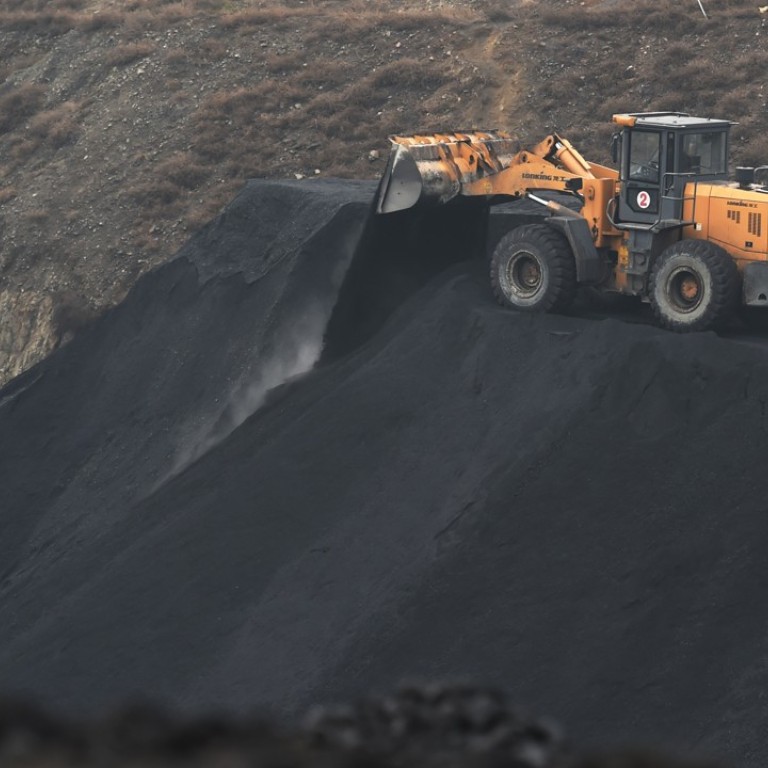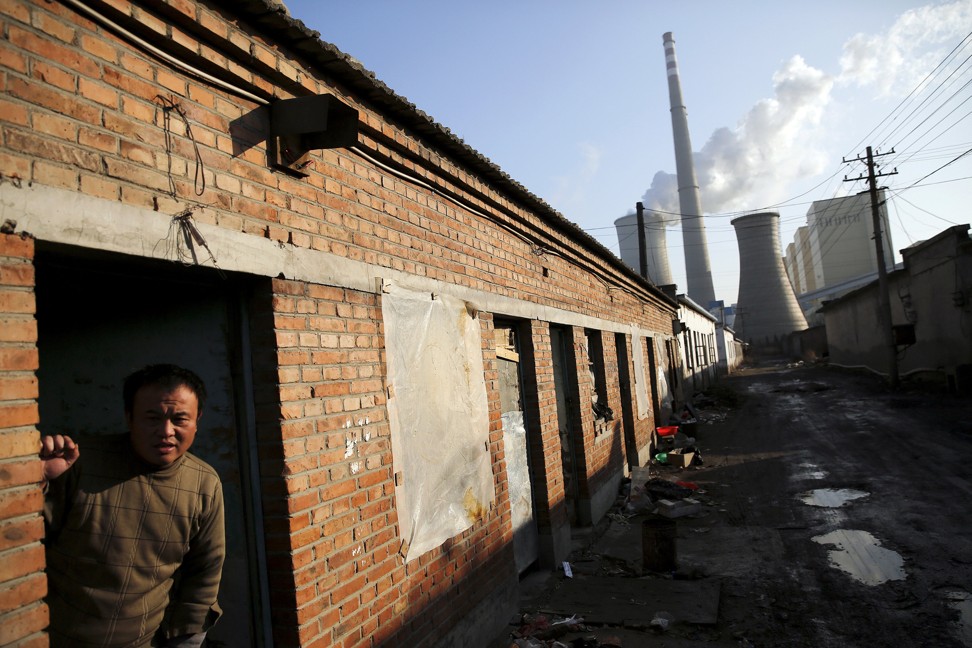
Chinese coal city Datong to set up ‘no-coal zones’ amid pollution battle
Restrictions will include bans on storing, selling and direct combustion
Datong, a major coal-producing city in northern China’s Shanxi province, will establish “no-coal zones” in urban districts as part of its efforts to curb pollution, the provincial government said on Thursday.
The Shanxi government said the restrictions would cover 102 sq km (39 square miles) and would include bans on the storage, sale and direct combustion of all kinds of coal. Coal-fired power and central heating systems will still be permitted.
It said 16,200 households in Datong would switch to cleaner gas heating this winter and that it had already demolished 3,812 coal-fired boilers.
Air pollution is killing 1 million people and costing Chinese economy 267 billion yuan a year, research from CUHK shows
Datong was one of China’s major coal producing regions for decades, but many of its collieries are now depleted.
Overmining has contaminated the city’s soil and underground water tables, as well as causing devastating subsidence. That has left large parts of its old mining districts unfit for farming or construction.

The city was also ranked as one of the country’s worst performers when it came to meeting water quality standards in the first half of this year.
Shanxi, which produces nearly a billion tonnes of coal a year, has been forced to relocate more than 650,000 people from unsafe former mining districts at risk of collapse.
The province is one of China’s major pollution control zones over the 2018-20 period and it is under pressure to keep coal consumption levels unchanged from 2015-20.
Neighbouring Hebei, which has been on the frontline of China’s war on pollution since 2014, established similar “no-coal zones” in several districts in the smog-prone cities of Langfang and Baoding last year.
China eases up on winter smog fight as it battles American trade war headwinds
Hebei was ordered by the central government to cut coal consumption by 40 million tonnes over the 2013-17 period as part of its commitments to boost air quality.
However, the province struggled to find the natural gas supplies required to replace coal heating systems for thousands of rural households last winter, forcing the government to slow the conversion process.
According to a report submitted to parliament earlier this year, all households in the Beijing-Tianjin-Hebei region, as well as the neighbouring provinces of Shanxi and Shaanxi, will have converted from coal to natural gas heating by 2020.
The report said 4.7 million households throughout northern China had already made the switch over the 2012-17 period.

